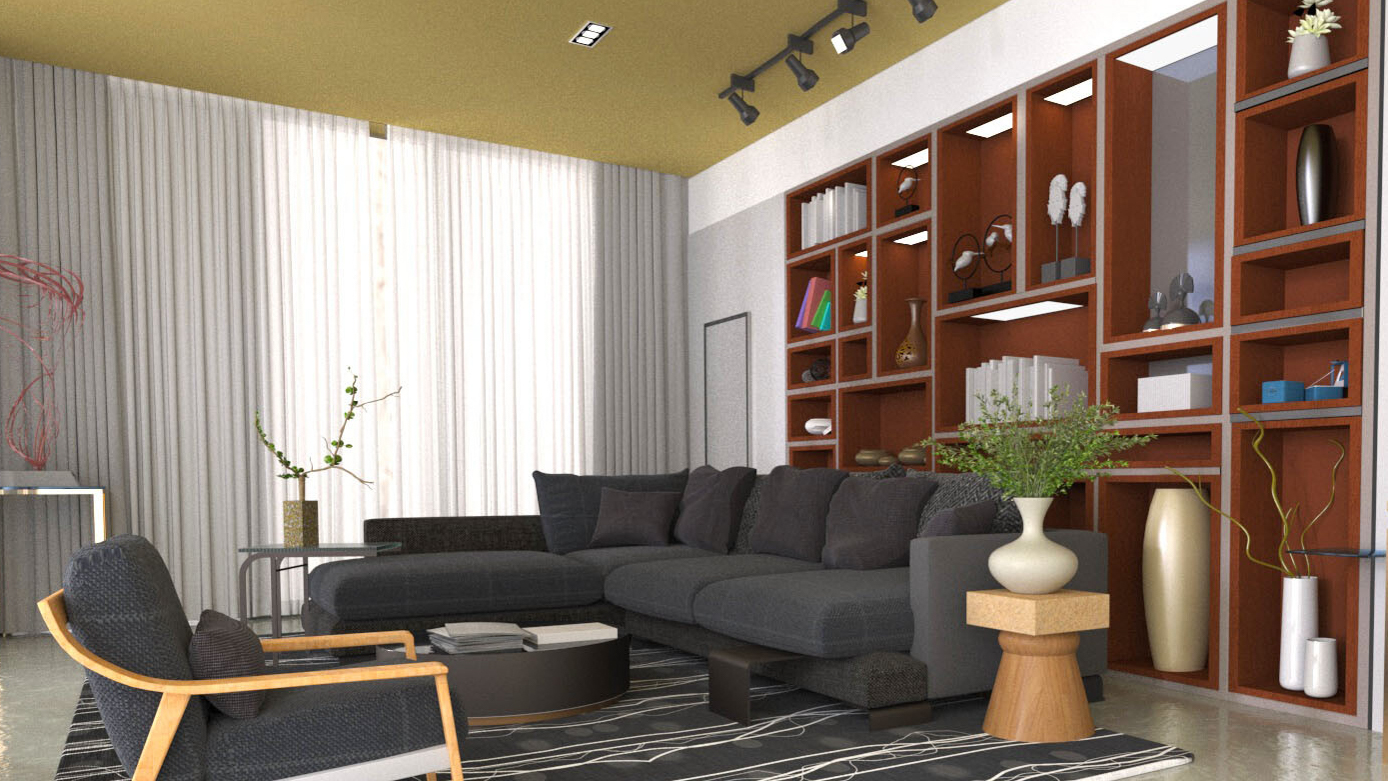Introduction
Japanese light fittings are known for their sophisticated design, intricate details, and elegant craftsmanship. The unique blend of art and function in these fittings makes them a popular choice for homeowners and businesses around the world. In this article, we will explore the history, style, and aesthetic appeal of Japanese light fittings.
History
The history of Japanese light fittings dates back to ancient times when people used oil lamps to light their homes. During the Edo period (1603-1868), oil lamps became more common, and artisans started to make decorative lanterns to hold them. These lanterns were made from paper or silk and decorated with elaborate designs.
After the Meiji period (1868-1912), Japan began to modernize, and electric lighting replaced oil lamps. However, the tradition of making decorative light fittings continued. The new electric fittings incorporated elements of traditional Japanese design, such as paper or cloth shades, wooden frames, and intricate patterns.
Today, Japanese light fittings are popular all over the world, and the art of making them is still passed down from generation to generation.
Style
Japanese light fittings come in many different styles, each with its own unique features.
One of the most popular styles is the chandelier. Japanese chandeliers are often made from wood or metal and feature delicate patterns and intricate details. They are designed to provide soft, ambient light that adds warmth and elegance to any room.
Another popular style is the paper lantern. These lanterns are made from washi paper or other delicate materials and come in many different shapes and sizes. They are often used in traditional Japanese homes and can be seen hanging in gardens, temples, and other outdoor areas.
A third style of Japanese light fitting is the floor lamp. These lamps are designed to provide functional lighting while also adding a touch of elegance to a room. They are typically made from wood or metal and often feature shade that diffuses the light, creating a warm and inviting atmosphere.
Aesthetic Appeal
The aesthetic appeal of Japanese light fittings lies in their unique blend of beauty and function. Unlike Western lighting fixtures, which tend to be purely functional, Japanese light fittings are designed to be works of art that bring warmth and elegance to a space.
The intricate patterns and delicate materials used in Japanese light fittings create a soft, glowing light that is both soothing and inviting. The subtle hues and natural materials used in these fittings add to their organic, understated beauty.
In addition, Japanese light fittings are often designed to blend in with their environment. They are made to complement the existing decor, rather than overpower it. This creates a peaceful, harmonious space that promotes relaxation and calm.

